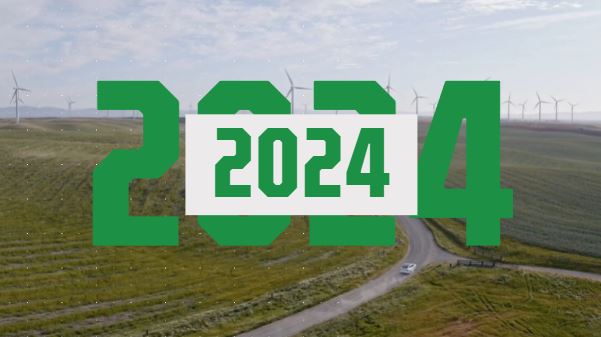Aiden Lavelle, CEO of European Green Transition, has recently returned from a trip to Sweden where he oversaw the completion of the Olserum drilling programme.
I am pleased to report that the summer drilling programme at Olserum went very smoothly, completed ahead of schedule and under budget, and we now await the final sample results later this year.
Several factors contributed to our success in completing the programme more quickly and cheaply than planned. We first mapped and sampled the area thoroughly, which was facilitated by a good level of outcrop (exposed rock formations at the Earth’s surface) compared to projects elsewhere in Sweden, where there can be a lot of glacial till cover. Field geology requires time and effort to gather observations and data, see as much of the rock and historic drill core as possible to understand the deposit model and having a good sample budget was crucial, especially in the early stages as that helped us to develop the exploration model to advance the project
The area was easily accessible being on commercial forestry land which had recently been harvested and that helped us to keep costs low for drilling. We contracted Norse Drilling for the programme, who know the region very well, and we worked with them around the clock. We naturally all felt some relief when we hit mineralisation as predicted at the target depth in the first hole, and I was pleasantly surprised by how quickly we confirmed the structural model on completion of the second drill hole which gave us good confidence for the remainder of the drill program.
Collecting the data to determine Olseum’s next steps
With the programme complete, we now have a huge amount of data from 13 holes, covering the geology, hydrothermal alteration of the rocks, structures, and more. We are currently waiting for the assay results, and once we have these we will be able to update the pre-existing 3D geological model and maps and complete all necessary supporting documents.
We expect the drilling results to be very promising, and should the lab results confirm this, then these will validate our exploration models which indicate that there is district-scale mineralisation beyond the original Olserum target, and that this will provide upside for resource expansion.
Whilst we have now completed enough work to renew permits for next year, our intention for the future of the deposit remains to involve a partner, and the results of this drill programme will be important in derisking the project to aid our conversations with potential parties.
Responsible exploration to respect our environment
Ensuring that the local environment is protected is important for every drilling programme, and we took several measures to ensure that the drilling operations at Olserum adhered to the best environmental and sustainability standards. We chose our drill sites carefully to minimise disturbance and cleaned up all drill sites thoroughly. We maintained good communication links with local stakeholders prior to and throughout the drilling programme, so they were aware of our activities. Keeping the local community informed and using local contractors who know the area well is important to our approach.
We now look to the future with optimism as we await the results that will define the path forward for our Olserum project. Olserum is one of only a few rare earth element resources in Europe and it has a higher proportion of valuable heavy REE metals such as Dysprosium than other known deposits. These super magnetic elements are crucial for renewable energy technologies such as wind turbine motors and EV motors and Olserum can play a part in supplying these to Europe which, as of yet, has no domestic source of REEs.





